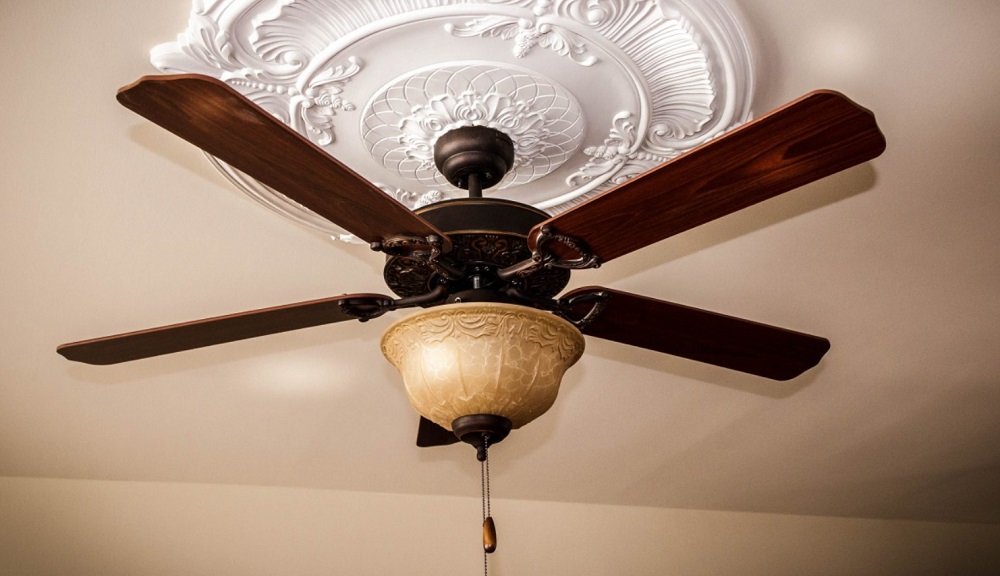Most people don’t give a second thought when shopping for a fan. After all, all you need is a simple appliance that moves air around, right? Well, it’s not that simple, especially if you want to get the best air circulation out of your fan. Today, we’re going to briefly go over how to choose a fan for your home/room, as well as discuss various types of fans and their features.
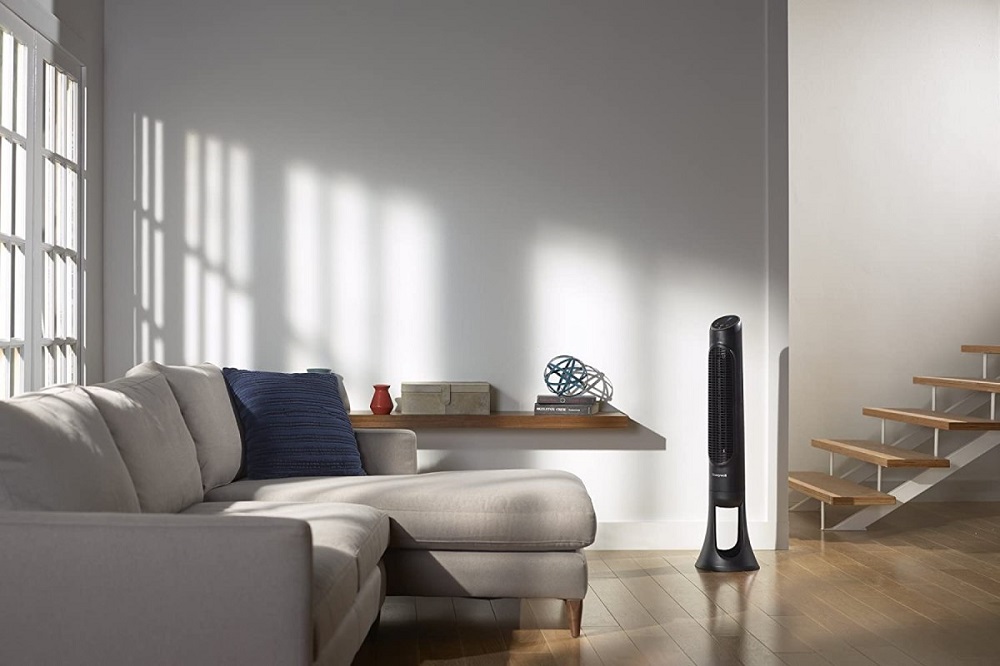
What Size Fan Do I Need?
First and foremost, let’s go over the main question you’re probably wondering to yourself: how do I size a fan for a room? Things are about to get very technical, so if you want the quick answer: choose a fan that blows a lot of air and has variable speed control. Anyway, let’s get to it.
There’s a very simple formula we can use to calculate the perfect fan size for a room, which is as follows:
CFM = Room Volume × ACH ÷ 60
There are three variables here you need to understand. The first is CFM (cubic feet per minute). This variable refers to how much air the fan can move per minute. The higher the CFM figure, the more powerful the fan you need for your room.
The CFM figure is dependent on two other variables, starting with Room Volume. This is simple enough; you calculate the volume of a room by multiplying its length, width, and height.
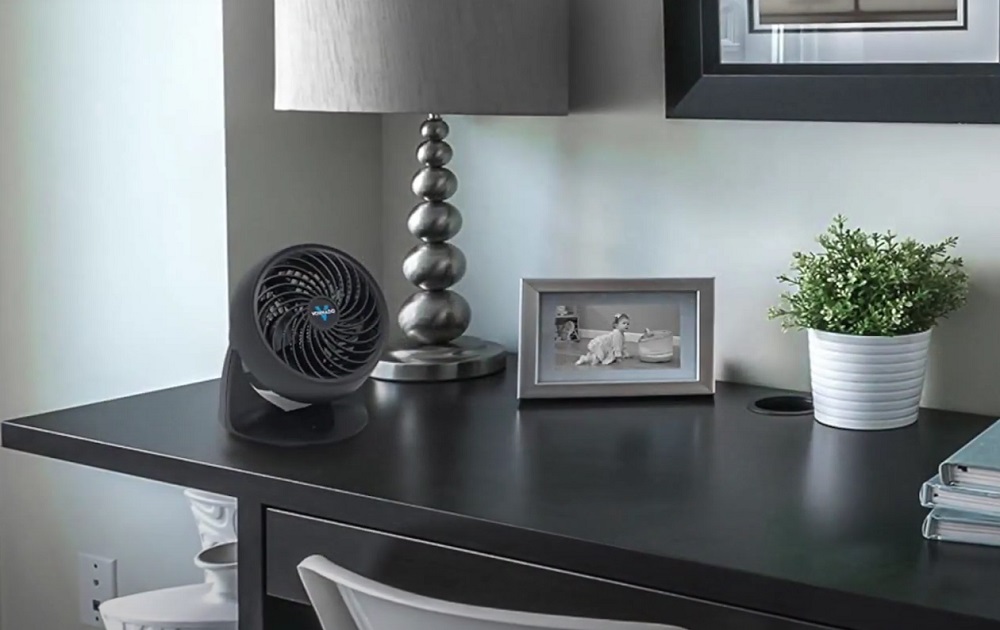
Last up is ACH (air changes per hour). This refers to how many times you want to replace the air in a room with fresh air. Only you can determine how many ACH you want. The higher the figure, the more times the fan will replace the air in an entire room. We divide everything by 60 to convert it to minutes (ACHminutes).
For instance, let’s say you want to purchase a fan for your bedroom, which measures 8 × 8 feet with 10-foot-high walls. Next, you want your fan to produce at least 30 ACH. If we punch the numbers in, we get:
CFM = (8 × 8 × 10) × 30 ÷ 60 = 640 × 30 ÷ 60 = 320 CFM
Finding a 320-CFM fan isn’t that difficult. In fact, most pedestal and tower fans can reach this figure without even breaking a sweat. However, if you have a larger or smaller room to cool down, you might want to consider different models.
Some interesting fan types/features
- Household Tower Fans
You can tell what a tower fan is by its shape. They come in the shape of a tower or obelisk that stands vertically off of the ground. They appear bladeless, but their actual blades are hidden inside of their casing, which also houses the motor. - Table Fans
Table fans are smaller fans that sit on top of tables, desks, and nightstands. They’re mainly used to cool a single person down. - Pedestal Fans
Pedestal fans are the most widely recognized type of fan out there. They stand upright, have a blade that’s installed behind a metal or plastic grate and can oscillate. - Personal Fans
Personal fans are typically smaller, handheld fans that you take around with you. They’re only meant for one person and use batteries to operate. These will not be very helpful for cooling down entire rooms. - Floor Fans
A floor fan is a fan that sits on the floor and is meant to cool down a room starting at floor level. Their blades are pointed upright at an angle and are great for outdoor use, such as on balconies and patios. - Ceiling Fans
Ceiling Fan Size Guide Blade Span Good for Room Size 29" TO 36" Bathrooms, Breakfast Nooks, Utility Rooms Up to 75 sq. ft 42" TO 48" Bedrooms, Kitchens, Dining Rooms Up to 175 sq. ft 52" TO 56" Large Bedrooms, Family Rooms, Media Rooms Up to 350 sq. ft 60" or larger Great Rooms, Other Large Spaces More than 350 sq. ft 
Searching for the right ceiling fan is a breeze. Use our step-by-step finder to choose your room, must-have features and more to discover the just-right fan for your space.
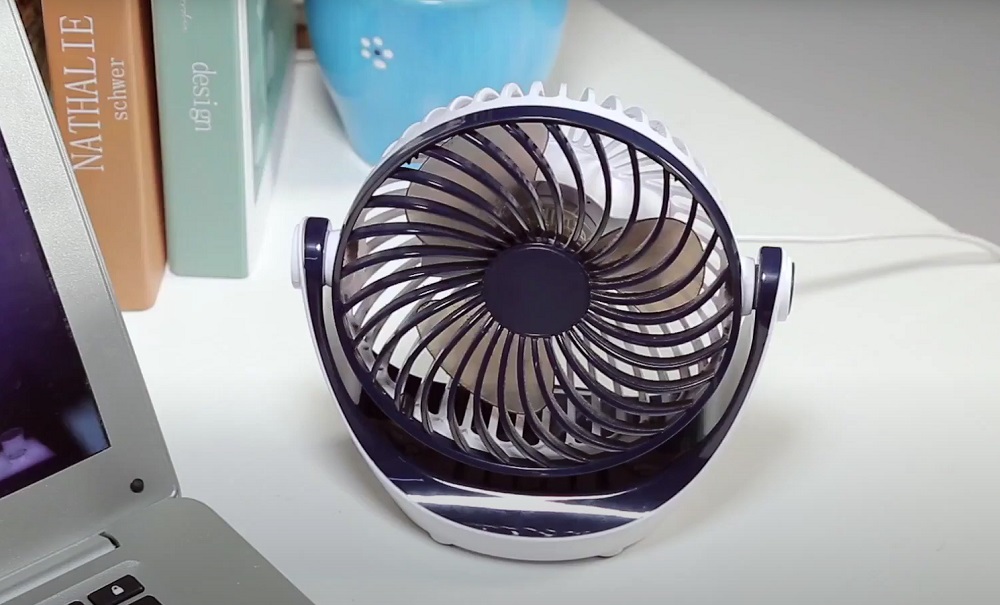
Related Post: Household Fan Comparison
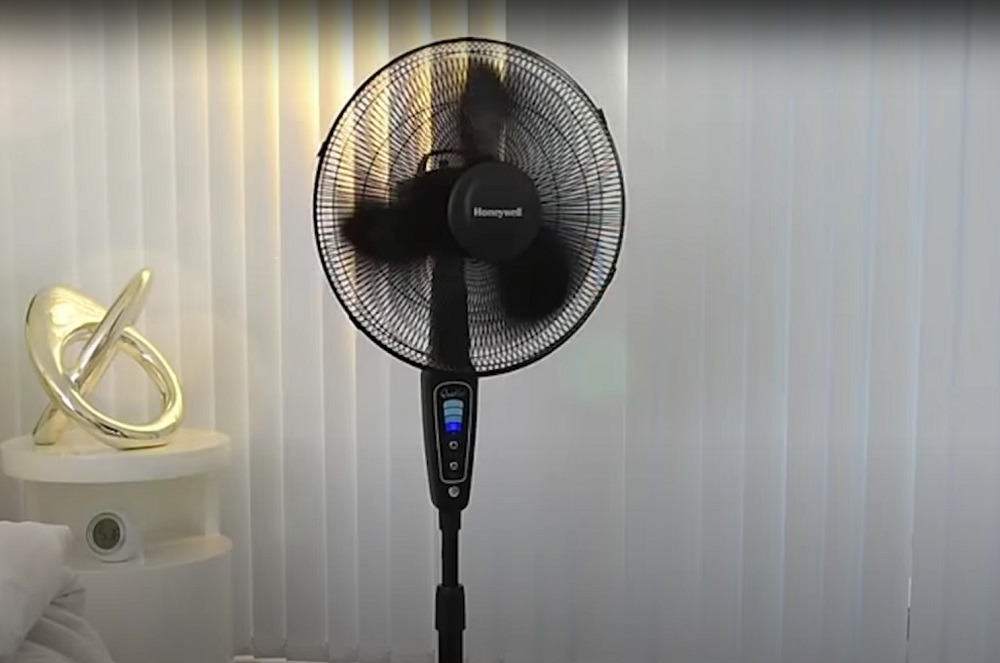
Household Fan Features
Misting
Fans can come with a misting feature that uses a water reservoir to spray a refreshing mist across an entire room. When you turn the fan on, water releases through small vents, which is then broken into particles of mist to bring down the temperature of a room and the people in it.
Oscillating
This is the most basic feature you should look for if you want to cool multiple people down in a room. An oscillating fan’s head moves from side to side and sometimes upward and downward to direct air at more than just one spot.
Household Fan Blade Diameter
A wider fan blade diameter means the fan can move larger quantities of air at a time. Wider fans are designed to cover more spacious areas with less oscillation, though they require more power to operate due to the resistance of a weightier blade.
Household Fan Number of Speeds
Different types of fans come with different fan speeds. Ideally, you’ll want a fan that offers at least three different speeds, though some models have as many as eight speeds.
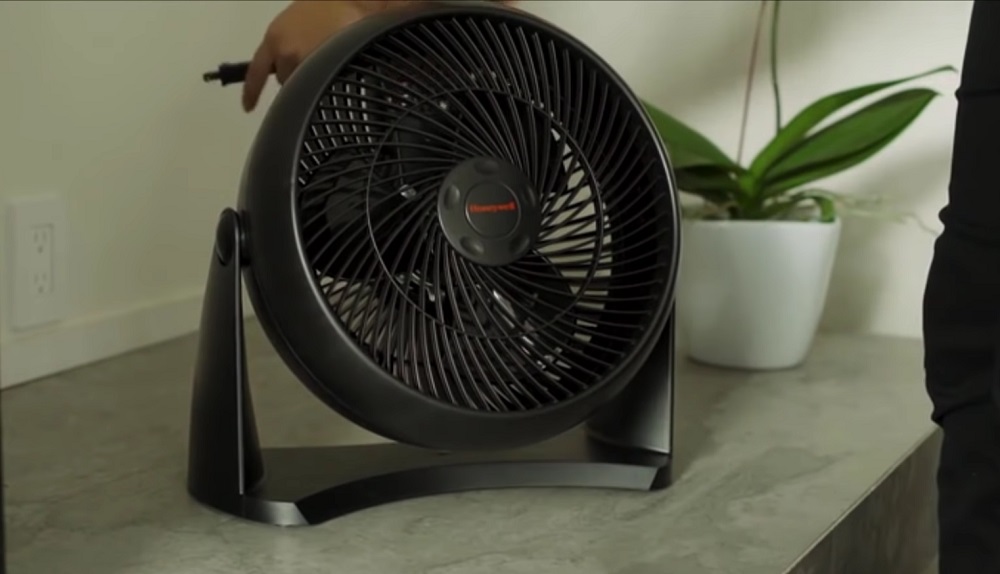
Power Source Type
Battery Powered
For the most part, the only battery-powered fans are personal and table fans. Their batteries typically last anywhere from 10 to 30 minutes, though there are models with larger batteries that can run for 45-plus minutes at a time. The greatest benefit of a battery-powered fan is that you don’t have to fumble with long cords.
Corded Electric
This is nearly the total opposite of a battery-powered fan. Basically, you plug the fan into an outlet, and it can run indefinitely until either the power goes out or the motor overheats.
Solar Powered
Solar-powered fans are great for the environmentally conscious. They come with batteries that harness the power of the sun, thereby reducing how much electricity you use at home.
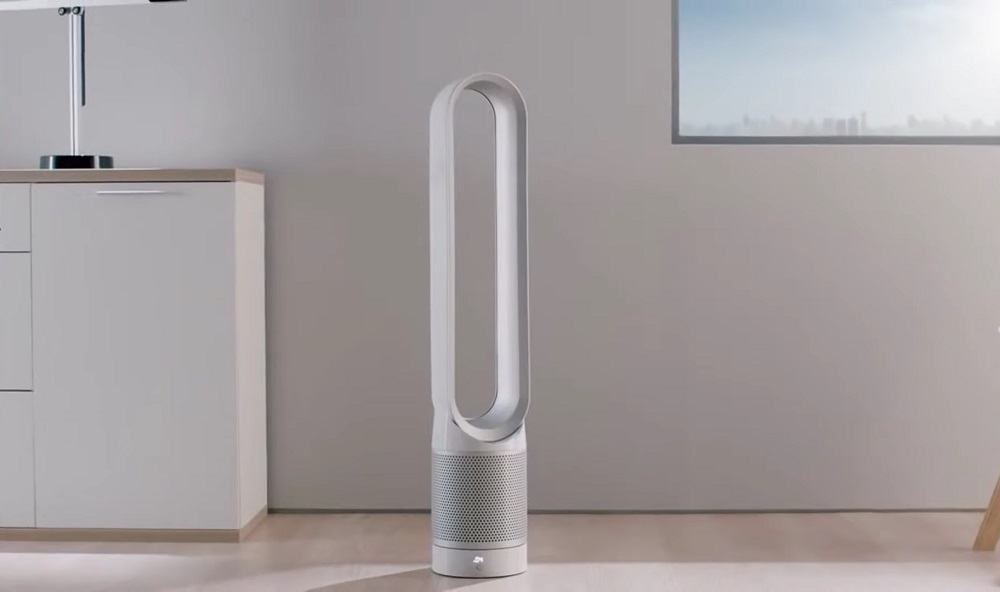
Electric Fan Special Feature
Bladeless
Bladeless fans aren’t exactly bladeless. Their blades are housed inside of the fan’s casing, which delivers air upward and out. The air usually shoots out in one direction until you activate the oscillation feature.
High Velocity
One thing you should look for in a fan, especially if you want to place it in a spacious part of your home or office, is high velocity. This basically means that the fan can move tons of air more quickly around a room, thereby producing a higher ACH.
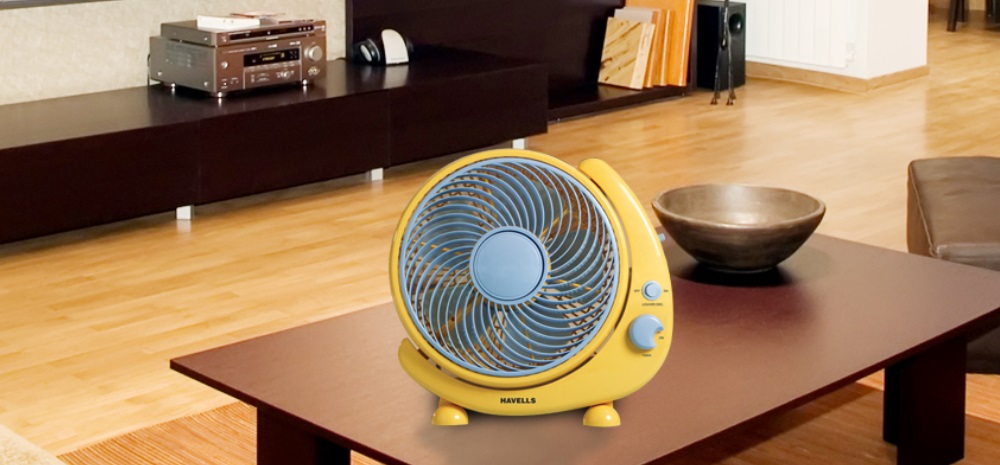
Oscillating
Oscillation in a tower fan works similarly to oscillation in a pedestal or table fan. However, instead of just the head moving, the entire body moves and usually covers a wider area.
Portable
Portability is important if you wish to take your fan with you. The size and source of power will tell you how portable your fan is, though you can certainly make use of a corded pedestal fan outdoors with a generator.
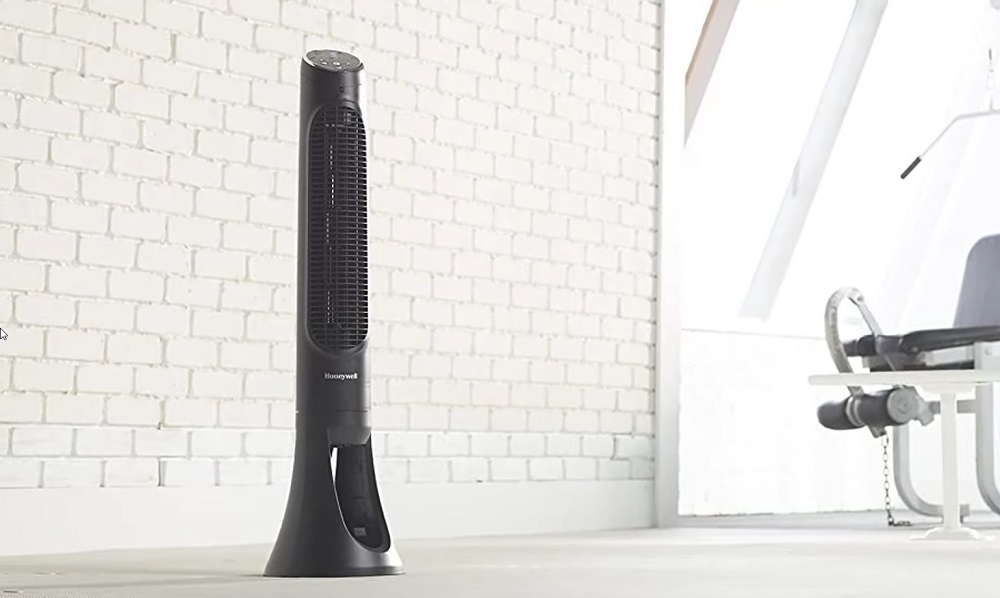
If you have any questions or comments, please add them below in the comment section. Similarly, please let us know if you spot any mistakes or omissions. Thanks!
Last Update: 2024-04-25 | Affiliate links/Images from Amazon Product Advertising API
